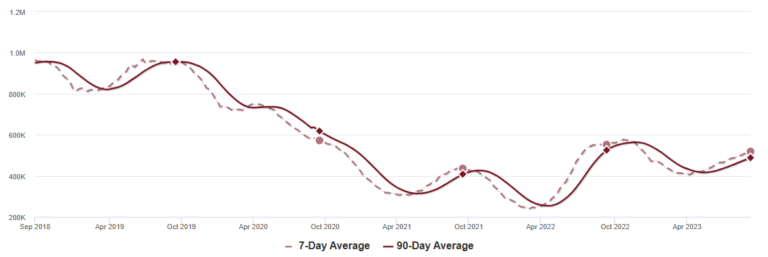The Power of Creative Collaboration in Building Stronger Relationships
When we think about creativity in organizations, we almost always think about how it results in better products, more innovative solutions, more compelling offerings to customers, and more energized employees. One thing you almost never hear at work is, ‘Could you be a little less creative?’ That’s because creativity is almost always associated with positive outcomes for both for the person who is being creative as well as their company.
Research: How Creative Collaboration Can Strengthen Relationships
But can creativity also help us get along with each other at work? A research study conducted by experts sought to find an answer to this question. The study discovered that when people are encouraged to be creative, it can actually result in them viewing others more fondly. Why does this happen?
When individuals engage in a creative collaboration, they are required to contribute their unique ideas, perspectives, and skills to the process. This leads to a deeper appreciation and recollection of each person’s contributions, fostering a sense of connection and camaraderie among team members.
However, the study found that the positive effects of creative collaboration on relationships are contingent upon the presence of psychological safety. In an environment where individuals feel psychologically safe, they are more likely to take risks, share their ideas freely, and support the ideas of others. This safety net allows for a more open and inclusive creative process, which ultimately strengthens relationships.
The Importance of Psychological Safety
Psychological safety refers to the belief that one will not be punished or humiliated for expressing their opinions or ideas, even if they differ from the norm. When individuals feel psychologically safe, they are more willing to take interpersonal risks, engage in open and honest communication, and collaborate effectively with others.
In a creative collaboration setting, psychological safety is essential for several reasons:
- Encourages Divergent Thinking: When individuals feel safe to express their thoughts and ideas, they are more likely to engage in divergent thinking, which allows for a wider range of perspectives and insights. This can lead to more creative solutions and innovative outcomes.
- Promotes Trust and Respect: Psychological safety fosters a culture of trust and respect within a team. When team members feel safe to speak up, they can openly share their opinions and perspectives without fear of judgment or retaliation. This creates a supportive environment where everyone feels valued and heard.
- Enhances Collaboration: When individuals feel psychologically safe, they are more willing to collaborate and build upon each other’s ideas. They can freely brainstorm, provide constructive feedback, and work towards a common goal. This results in stronger collaboration and a higher likelihood of achieving successful outcomes.
- Fosters Learning and Growth: A psychologically safe environment encourages learning and growth. Individuals feel comfortable taking risks and experimenting with new ideas, knowing that they will not be ridiculed or punished for making mistakes. This allows for continuous improvement and innovation.
The Role of Leaders
Creating a psychologically safe environment for creative collaboration is not solely the responsibility of individual team members. Leaders play a crucial role in fostering psychological safety within their teams. Some ways leaders can promote psychological safety include:
- Leading by Example: Leaders should demonstrate vulnerability and openness by sharing their own ideas and mistakes. This sets the tone for a culture where everyone feels safe to do the same.
- Active Listening: Leaders should actively listen to their team members, demonstrating empathy and understanding. This makes individuals feel valued and encourages them to express their thoughts and ideas.
- Encouraging Risk-Taking: Leaders should encourage risk-taking and experimentation, emphasizing that failure is a part of the learning process. This helps create an environment where individuals feel safe to take creative risks.
Conclusion
Creativity not only leads to better products and solutions but also has the power to strengthen relationships in the workplace. When individuals engage in creative collaboration and feel psychologically safe, they develop a deeper appreciation for each other’s contributions. This fosters trust, respect, and effective collaboration, resulting in stronger relationships and better outcomes. Leaders have a significant role to play in creating a psychologically safe environment that encourages creativity and collaboration. By fostering psychological safety and promoting a culture of openness and respect, leaders can harness the power of creative collaboration to build stronger teams and drive success.
Source: Research: How Creative Collaboration Can Strengthen Relationships







